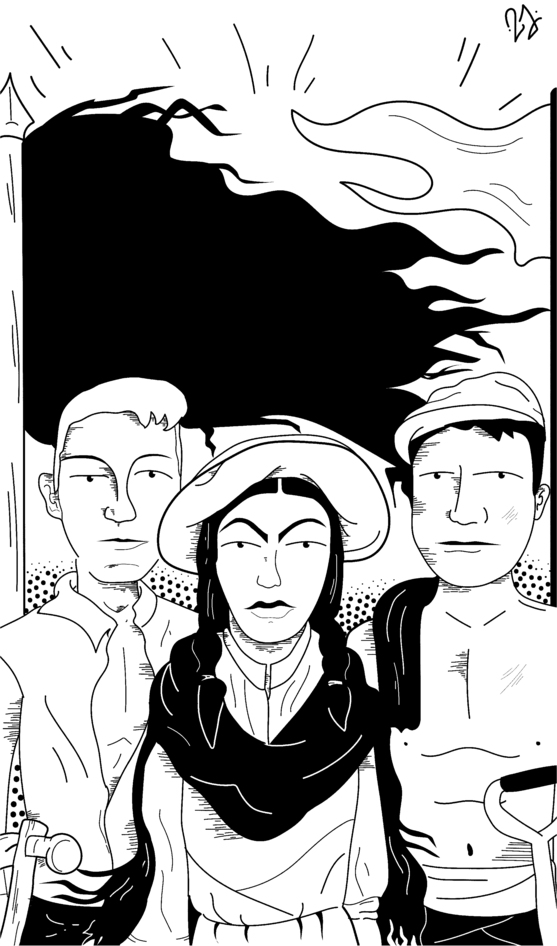
.
WORKERS’ MANCOMUNALES CHI
ARGENTINE ANARCHO-SYNDICALISM ARG
CANANEA AND RÍO STRIKES MEX
The processes of industrialization gained steam with the turn of the century, and with them grew the organization of the working class. The so-called mancomunales and other mutual societies in countries such as Chile were some of the first attempts to create democratic workers’ organizations, especially in the mining sector. At the beginning of the 20th century, trade unions also gained strength, influenced by European currents such as anarcho-syndicalism, in countries such as Argentina, which at the time was a major migrant destination. The first decades of the 20th century was also the scene of major labor strikes, such as Cananea and Rio Blanco in Mexico, events that would fuel the Mexican Revolution.

.
GUAYAQUIL STRIKE ECU
1944 STRIKE GUA
GREAT OIL STRIKE VEN
The post-World War I period saw a growth of workers’ struggles. The winds of the October Revolution were blowing, communist parties were being formed and unions gained strength. But this was also a period of U.S. capital penetration, and its exploitative nature would generate constant clashes. The general strike of Guayaquil in 1922 was the first great show of force. Although it was brutally repressed, it was a demonstration of the working class’ fighting spirit. A little further east, in Venezuela, the oil era, with all its consequences, was underway. But it was not all smooth sailing for the multinational corporations. In 1936, unions led a strike of 20,000 workers, until they secured better working conditions and a wage increase. Mobilizations multiplied in the continent; a very significant episode was the general strike that paved the way for the Revolution of Guatemala in 1944.

.
CORDOBAZO ARG
ABC STRIKES BRA
RAILROAD MOVEMENT MEX
The second half of the 20th century in the continent was a period of struggle and revolution, but also of repression and dictatorships. The trade union movement, traditionally combative, was in permanent mobilization, demanding better working conditions and rights. At the same time, it was one of the main targets of military regimes that were set up and propped up with the support of the United States. But the organized labor movement never gave up, and its actions undermined the legitimacy of several governments to open the way for major changes. The Cordobazo, in Argentina, was a worker-student insurrection that precipitated the end of the dictatorship established with the 1966 coup d’état. On the other side of the border, in Brazil, the industrial trade unions of the ABC region of São Paulo were in struggle for more than two years. They demanded better conditions and union autonomy. The strikes led to the creation of the Workers’ Party and dealt a fatal blow military dictatorship.

.
WORKERS’ CONTROL IN ARGENTINA ARG
OCCUPIED FACTORIES MOVEMENT BRA
BOLIVIAN WORKERS’ CENTER BOL
The crisis of neoliberalism that began in the 1990s generated poverty and unemployment throughout the world, but especially in Latin America. In response, the working class became active and mobilized, with marches, pickets and strikes in defense of their rights. The ruling classes trembled. In this context, an emblematic banner also gained strength: workers’ control. Combative labor organizations occupied abandoned companies and factories everywhere. These initiatives made it possible, at certain times, to preserve jobs, reactivating the companies with a new logic of cooperation instead of exploitation, so as to put them at the service of the communities.









